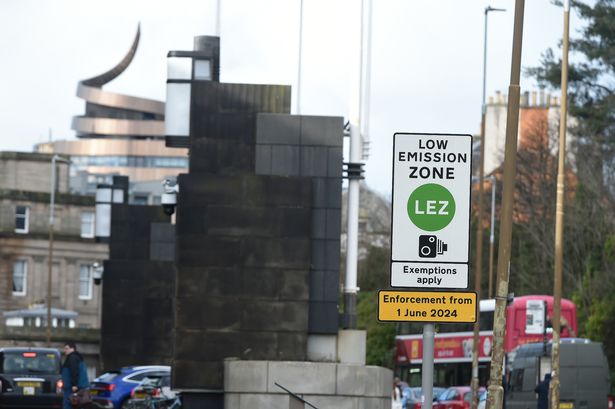In the ongoing battle against air pollution and climate change, cities around the world are implementing innovative measures to curb emissions from vehicles. One such measure gaining increasing attention is the establishment of low-emission zones (LEZs). These zones restrict or penalize the entry of high-emission vehicles into designated areas, promoting cleaner air and healthier environments for residents. Let’s delve into the latest news surrounding low-emission zones and how they are evolving to combat pollution and climate change effectively.
Table of Contents
Expanding Coverage and Stringency:
In recent years, there has been a notable trend towards the expansion of low-emission zones in major cities globally. Many cities are not only enlarging the geographical coverage of existing zones but also tightening the emission standards for vehicles allowed within them. This shift reflects a growing recognition of the urgent need to reduce harmful emissions and improve air quality.
London’s Ultra Low Emission Zone (ULEZ) Exemplifies Progress:
London, a pioneer in implementing low-emission zones, has made significant strides with its Ultra Low Emission Zone (ULEZ). Launched in April 2019 in central London, the ULEZ initially covered the same area as the existing Congestion Charge Zone but imposed stricter emission standards. However, the zone’s success prompted authorities to announce plans to expand its coverage to encompass the entire area within the North and South Circular roads by October 2021.
European Cities Leading the Way:
Beyond London, several European cities are also at the forefront of low-emission zone initiatives. Paris, for instance, introduced the Crit’Air system, which assigns vehicles different environmental ratings based on their emissions. Only vehicles with the cleanest Crit’Air stickers are permitted to enter the city center during certain hours Ak pulse.com, effectively reducing pollution levels.
Similarly, Berlin has established an extensive low-emission zone covering much of the city center, where only vehicles meeting Euro 4 emissions standards or better are allowed to enter. This initiative has contributed to noticeable improvements in air quality and public health.
Challenges and Controversies:
While low-emission zones offer promising solutions to combat urban pollution, they are not without challenges and controversies. Critics argue that these zones disproportionately affect low-income individuals who may not be able to afford newer, cleaner vehicles. Additionally, there are concerns about the effectiveness of such measures in truly reducing emissions, especially when they lead to traffic diversion and increased congestion on surrounding roads.
Looking Ahead: The Future of Low-Emission Zones:
Despite these challenges, the momentum behind low-emission zones continues to grow. Cities worldwide are increasingly recognizing the importance of implementing bold measures to address air quality and mitigate climate change. Future developments in low-emission zones may involve the integration of advanced technologies, such as smart sensors and congestion pricing schemes, to optimize their effectiveness while minimizing negative impacts on vulnerable communities.
In conclusion, the evolution of low-emission zones represents a significant step forward in the global fight against air pollution and climate change. By expanding coverage, enhancing stringency, and addressing challenges, cities can create healthier and more sustainable urban environments for current and future generations. As these initiatives continue to evolve, collaboration between governments, businesses, and communities will be essential in realizing the full potential of low-emission zones to transform our cities for the better.

